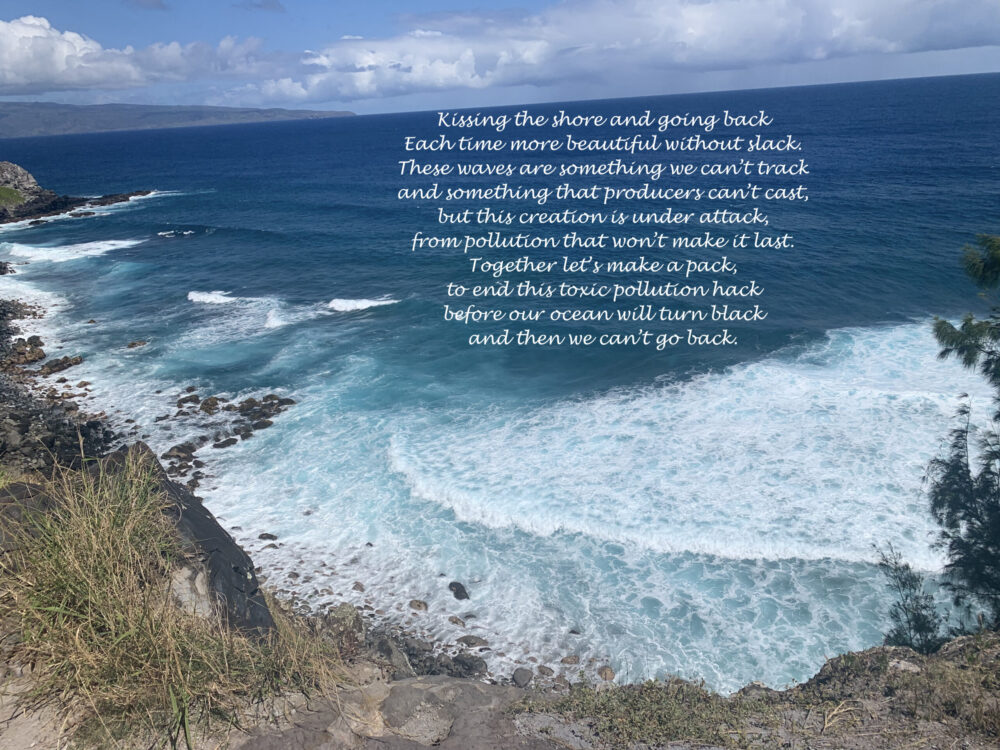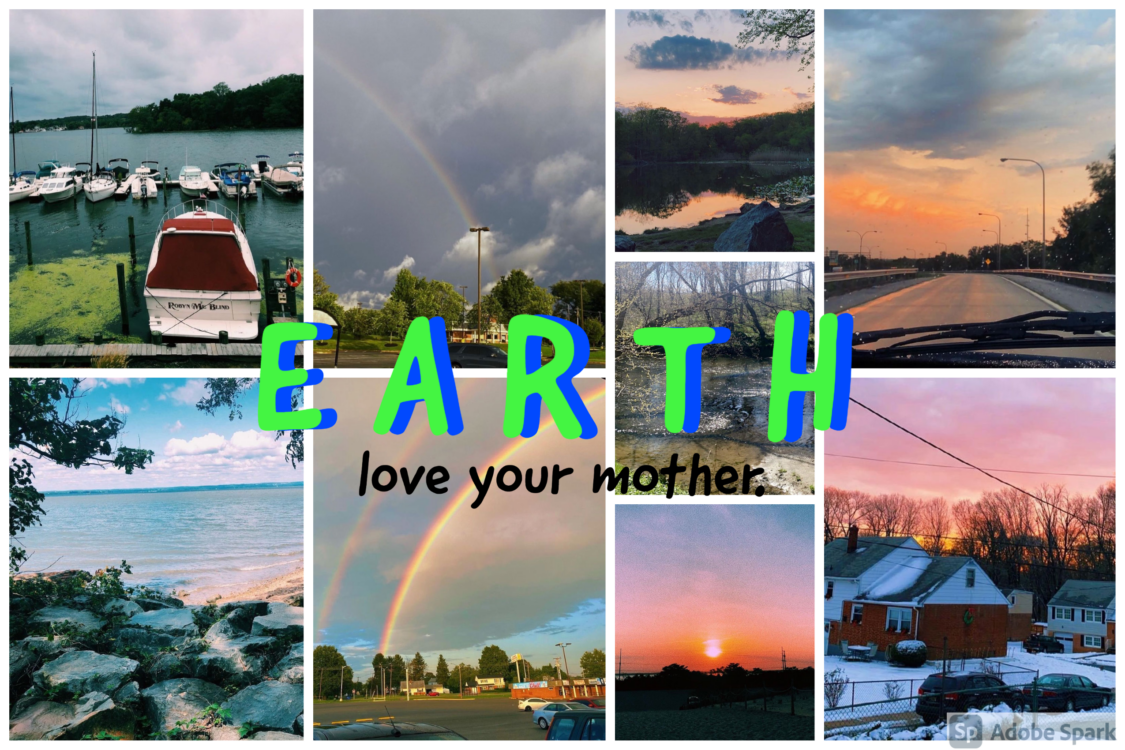The Common Reader calls for readers’ awareness of various environmental crises. However, the book also reminds people to appreciate and care for their local nature.
Victoria Lopiccolo’s digital reflection highlights a program that is familiar to many Delawareans – the Backyard Wildlife Habitat. Lopiccolo explains that “in Delaware state, there is a program where you can register your yard as a natural habitat for local species… This is part of an effort to reduce the harmful effects of industrialization by providing a mini sanctuary for any local wildlife.” By photographing the sign in a backyard, she hopes the habitat will educate people about this program and protect local nature.
Talking about shared experiences, a student drew a cartoon about a local invasive species, the Spotted Lanternfly. The cartoon conveys encounters with lanternflies around the campus, and aims to make people aware of invasive species in their neighborhood.
There are many concerns about our local nature, and pollution is certainly one. Conner expresses his worry about “how the people of Delaware constantly seek to work and manufacture without knowing what they hurt in the process.” In the poem “The Coast,” Connor writes:
…but the coast comes alive with the sounds of creation
The clangs, the hollers, the crushes, the hums
And the fish look on in terror
And throughout the night shall hide.And the people of the coast know
Not what they hurt
Not what they hurt
Perhaps one day, they stop, and gaze onto a world
Perhaps one day, they stop, and gaze onto a world
Reflecting on the same issue, Makenna Mastrota combines a poem with a photograph she took on a trip. Mastrota points out that compared to the local coastline, which has much more trash and people are not doing anything, the ocean in Hawaii is cleaner and more beautiful. She amplified her voice in her poem, saying:
Together let’s make a pack
To end this toxic pollution hack
To end this toxic pollution hack
And then we can’t go back
Another student echoes the hope of having a clean and peaceful ocean. The painting illustrates the student and a friend “enjoying [the ocean’s] beauty as we would be there for hours listening to birds.”
Every element in nature connects one another, such that the rain affects us no less than the water in the ocean. In “Rain Beaten,” Noreen Qasim writes:
…For when it rains,
Count your blessings
As each drop
Sinks into the soil
…
In spite of new beginnings,
Deserve precise tenacity.
Qasim explains, “I have decided to share a piece of poetry that I wrote on the spot about the rain and how the environment interacts with this type of weather during the day.” Showing appreciation for the rain and what it brings to our local nature, she writes “it is a pleasant and my most favorite time to observe nature in one of its rawest forms after such a simple process with water; from lakes and oceans.”
Gabriella, like Qasim, enjoys every scene of beauty nature brings. She made a collage of her favorite pictures she took of the beautiful earth. Gabriella invites us to enjoy the beauty of nature and reminds us that “we need to love our planet (AKA our mother earth) in order to keep it and make it even more beautiful.” The care for our earth resonates among many, especially here at the University of Delaware. One student took a picture in front of the Memorial Hall, which “shows the beauty of our university, including one of its most loved parts, the Green.” The student delivers the message that this piece of the local nature, like many above, “is a reminder to take care of the earth so that we can continue to share its most loved spaces, like The Green at UD.”







